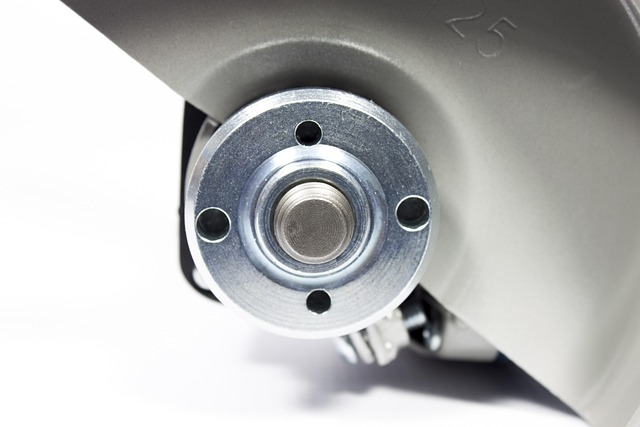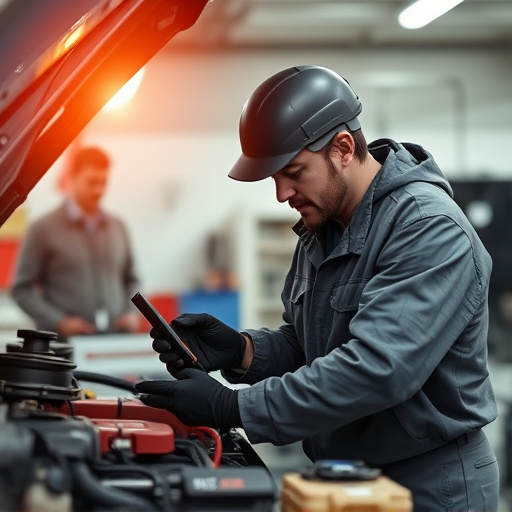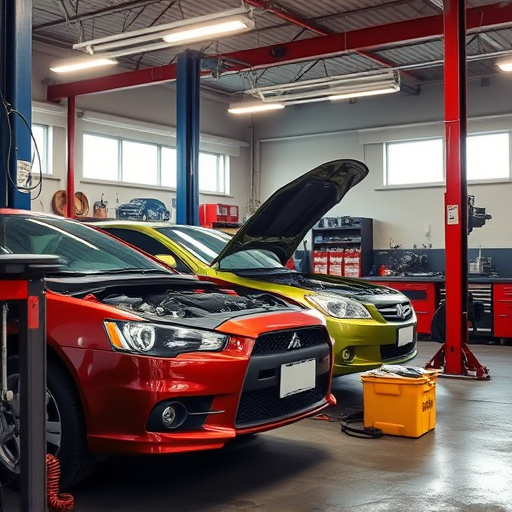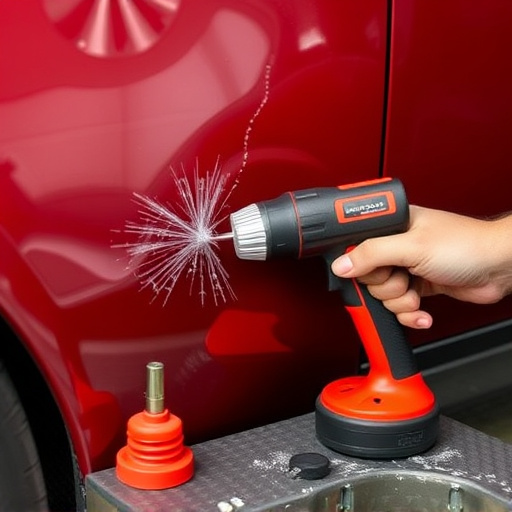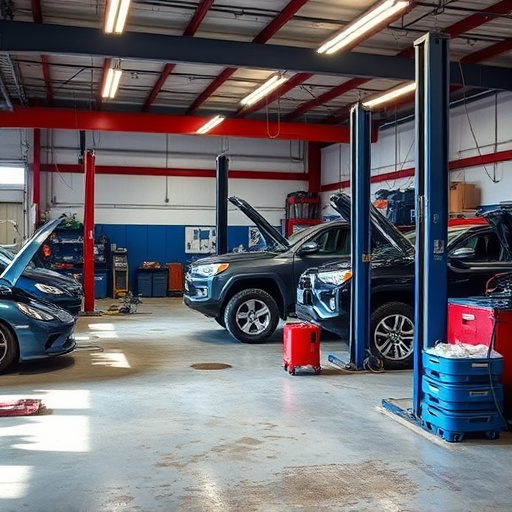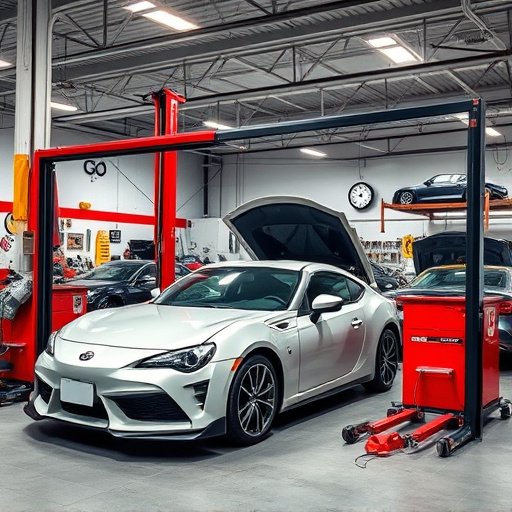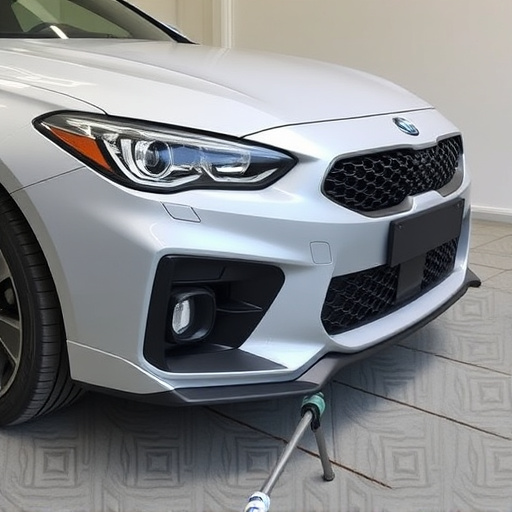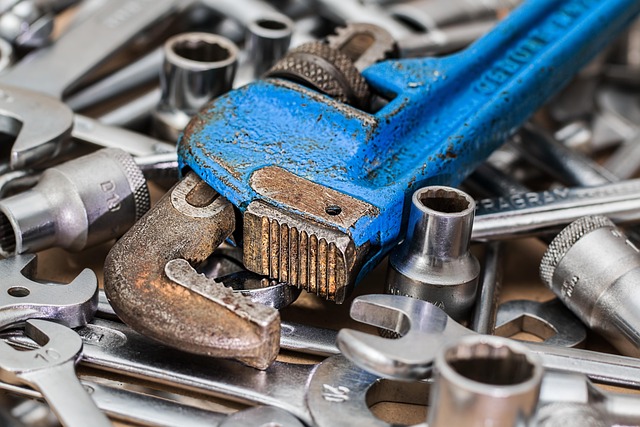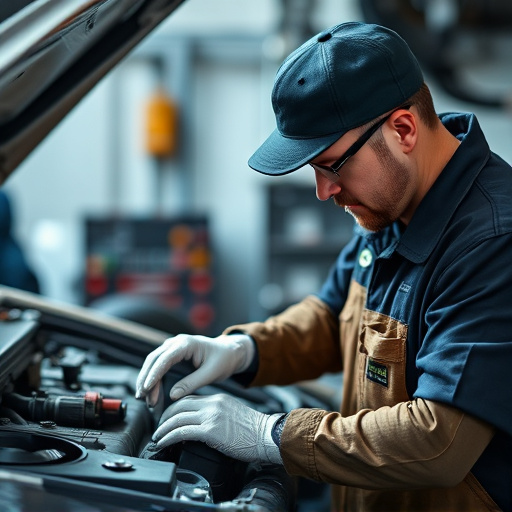Material costs significantly influence auto body repair pricing, with factors like steel, plastic, labor, and part availability impacting expenses. Fluctuations in raw materials and specialized paint services directly affect shop costs, leading to higher customer charges. To stabilize pricing, repair centers can build supplier relationships for consistent rates, diversify supplier bases, manage inventory efficiently, and invest in digital tools for accurate estimating and invoicing.
In the competitive landscape of auto body repair, understanding material costs is crucial for setting fair and competitive pricing. This article delves into the intricate relationship between material expenses and auto body repair pricing, offering insights that can help technicians and shop owners navigate cost fluctuations effectively. By exploring strategies to mitigate these variations, businesses can ensure they provide quality services while maintaining profitability in a dynamic market.
- Understanding Material Costs in Auto Body Repair
- Direct Impact on Repair Pricing: A Linkage
- Strategies to Mitigate Cost Fluctuations for Fair Pricing
Understanding Material Costs in Auto Body Repair
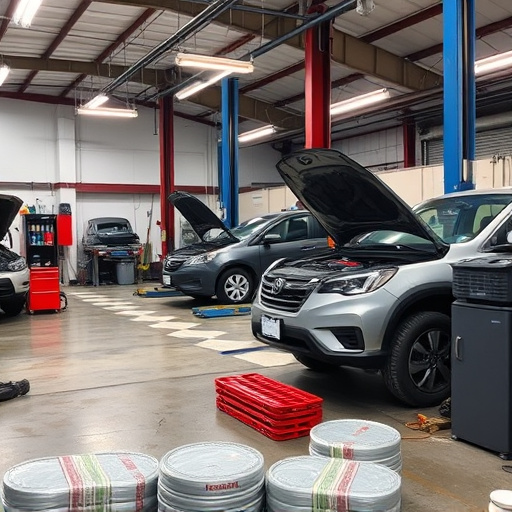
In the intricate world of auto body repair, material costs play a pivotal role in dictating the final price point for services. These costs encompass a wide array of factors, from raw materials like steel and plastic to specialized equipment and labor. Understanding this dynamic is crucial as it directly influences the affordability and accessibility of repairs for car owners. Every component, from replacing a dented fender to repairing a crumpled hood, incurs a cost, and these expenses are often unpredictable, fluctuating based on market demand, supply chain disruptions, and technological advancements.
Auto body repairs involve a complex interplay of different materials, each with its own price tag. For instance, the cost of a simple car dent repair might seem modest, but it includes the expense of acquiring matching paint, labor for meticulous fixing, and ensuring the area is seamlessly integrated back into the vehicle’s overall structure. Moreover, the pricing strategy also considers the availability of parts, with specialized or custom-made components potentially carrying higher costs compared to widely available, generic ones.
Direct Impact on Repair Pricing: A Linkage
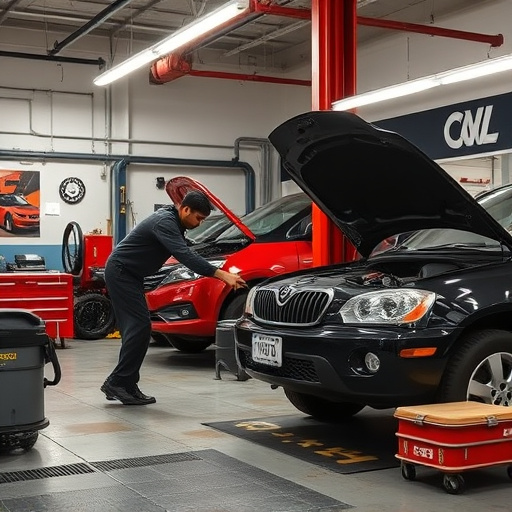
The direct impact of material costs on auto body repair pricing is undeniable. As the prices of raw materials fluctuate, so do the charges for car bodywork and collision repair services. This linkage is a critical aspect that every collision repair center needs to factor into their pricing strategies. When the cost of steel, aluminum, or composite materials used in repairs increases, it becomes a direct expense for the repair shop, often leading to higher auto body repair pricing.
This relationship extends beyond just the materials themselves. The availability and complexity of car paint services also play a significant role. Limited supply or specialized paints required for specific models can drive up costs, reflecting in the final price quoted to customers. Understanding this dynamic is crucial for maintaining competitive pricing while ensuring the quality and safety standards of repairs remain intact.
Strategies to Mitigate Cost Fluctuations for Fair Pricing
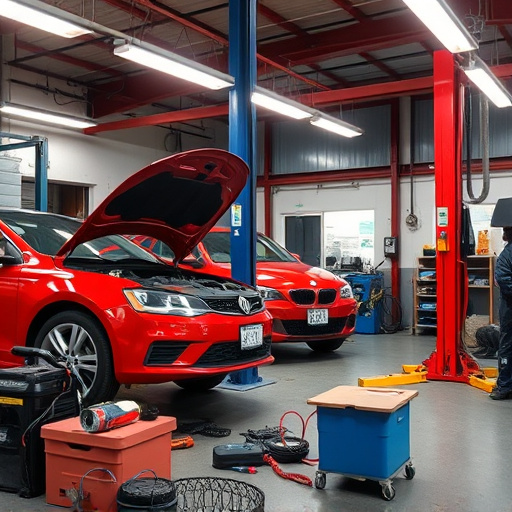
To mitigate cost fluctuations and maintain fair auto body repair pricing, shops can implement several strategies. Firstly, they can foster relationships with reliable suppliers who offer consistent pricing for high-quality materials. By negotiating bulk discounts or long-term contracts, bodyshops can lock in favorable rates, protecting them from sudden price increases. Diversifying their supplier base is also beneficial; having alternatives ensures that even if one supplier raises prices, others might keep costs manageable.
Additionally, efficient inventory management is key. This involves keeping a close eye on stock levels and implementing just-in-time delivery systems to minimize holding costs. By reducing excess inventory, shops can prevent material depreciation and avoid paying for storage. Moreover, investing in digital tools that streamline estimating and invoicing processes can help in accurately pricing services, ensuring that labor and material costs are fairly reflected in the final auto body repair pricing.
Auto body repair pricing is intrinsically tied to material costs, which can fluctuate due to market dynamics. By understanding these costs and their direct impact on repairs, shops can implement strategies to mitigate variations, ensuring fair pricing for customers. This approach not only fosters trust but also allows for more consistent and predictable auto body repair services.
